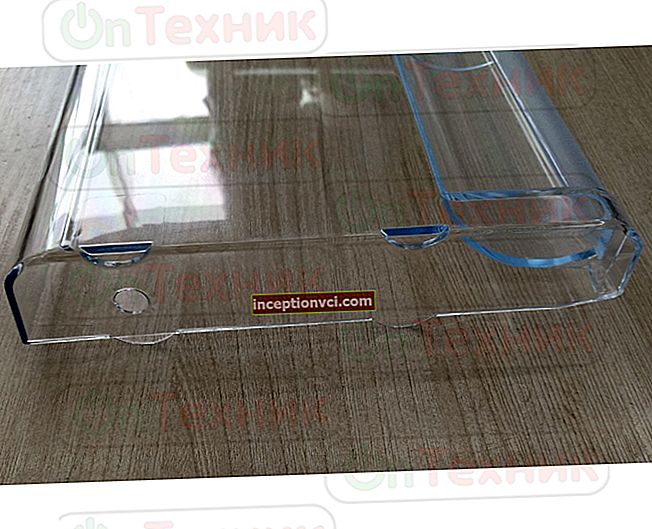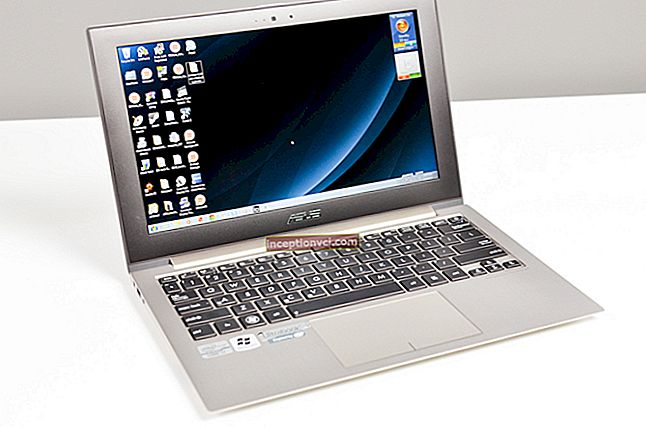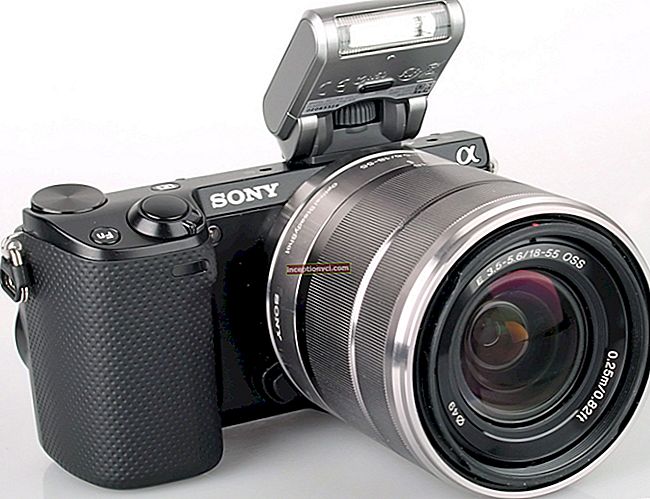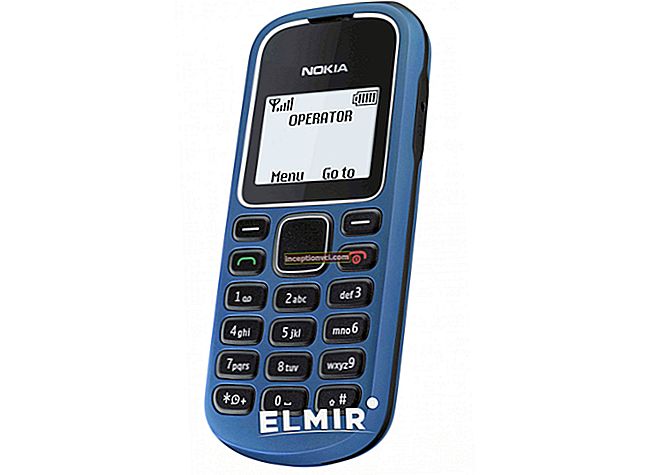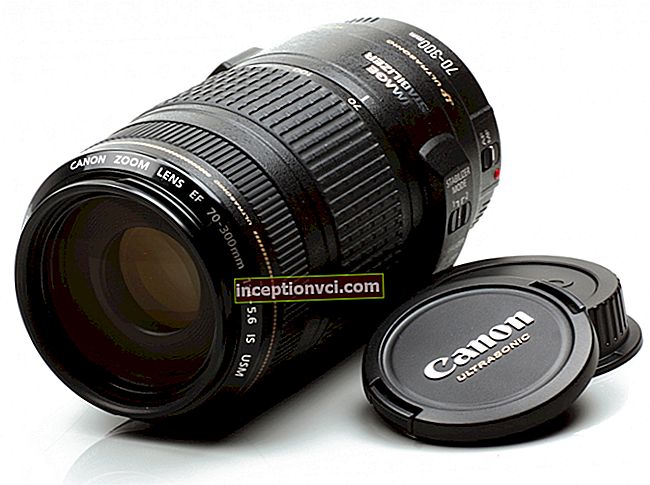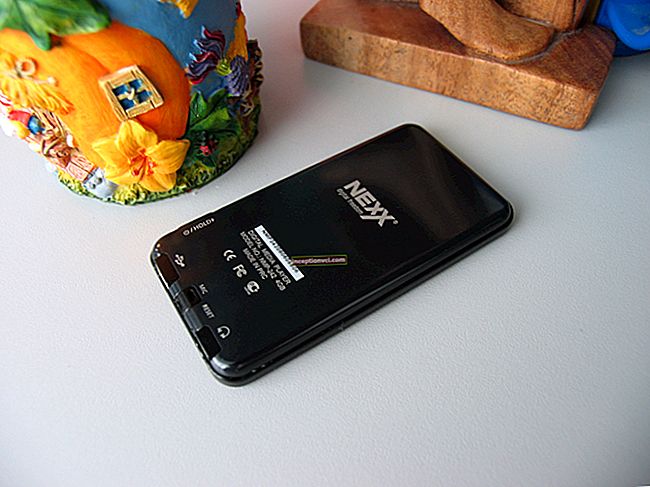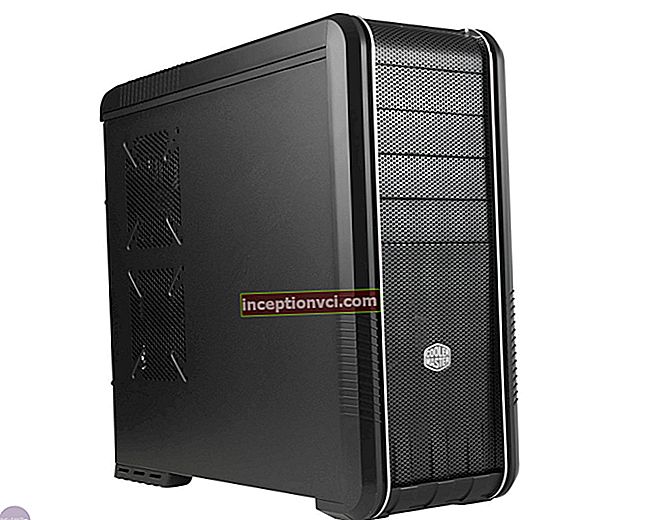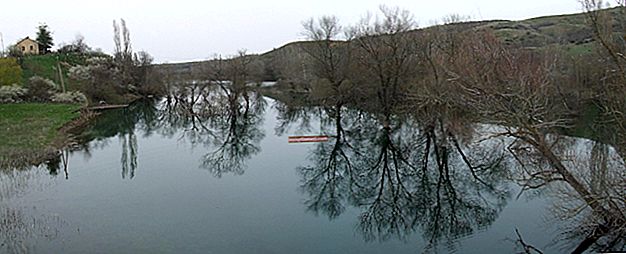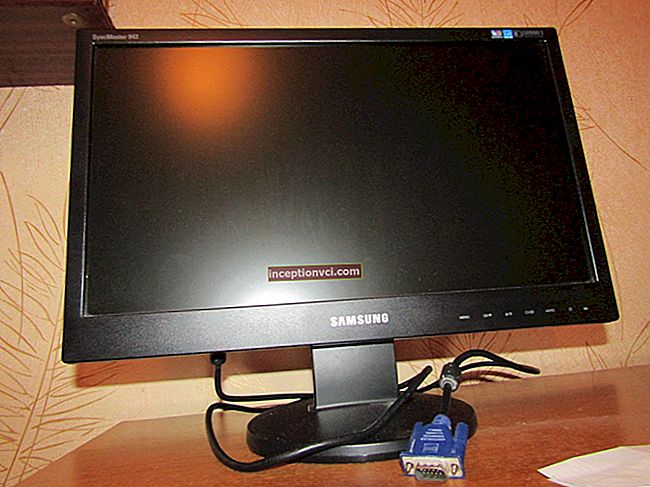I. Spinning reels
II.Match reels
III.Wire coils
IV.Fly reels
V. Winter coils
Coils are also subdivided according to the specifics of the structure into:
1. Non-inertial;
2. Inertial (this section also deals with baitcasting coils, which are a kind of inertial coils).
Inertial reels, in turn, are manufactured in two varieties: with an open and closed spool. Therefore, every angler has the right to determine the class of comfort and quality personally.
Inertia-free reels with an open spool. One of the best is (Shimano Exage 10000FA)
Closed-spool reels
A reel in which the spool is stationary together with the line and they, as a rule, do not rotate when casting and when winding the line, is usually called non-inertial. This type of reel eliminates almost 100% of the chance of line tangling. However, in many types of non-inertia reels, the drums still rotate during fishing and at this time the friction brake crackle is usually heard, but this does not mean at all that this in any way can affect the entanglement of the line and the formation of the so-called "beard".
In the pictures above you can see the inertia-free reels with an open and closed spool. This is a very good option for both spinning and fishing with a rod. The difference between non-inertia reels with a closed and open spool is that in open ones this spool is visible, and in closed ones there is a special protective cap. The presence on the market of reels with a semi-closed spool was no exception.
The novice angler or the so-called amateur angler should be aware that the reel body has information that, when choosing a reel, should be able to decipher, namely:
- this is the thickness and length of the line possibly used by this reel (for example 0.15-110 - it is not difficult to guess that a line with a section of 0.15 mm can fit 110 meters in length);
is the ratio of the weight of the bait to the possible casting distance of this weight. For this parameter, you can see the gear ratio of the reel reducer and some designations: lоng cast - ultra-long casting (a composite material with a high content of graphite, which in turn serves as a significantly lower friction force of the line against the side of the spool during casting), ATS - a system of increased stability against entanglement of the fishing line (anti-whist system).
Unlike non-inertia reels, inertial reels (also called multipliers) do not come with a closed reel, as their reel rotates, with the exception of fly fishing.
Each coil has its own area of application, so when purchasing, you need to know which coil and for what purpose you are heading. Sometimes, because of habit, you buy the reel you used before and which seems to be optimal - it's the owner's business. Many people buy on the basis of their beautiful appearance, without even knowing about the troubles that can be expected. The market is overflowing with cheap knockoffs that have the hallmarks of expensive ones.
If the coil is assembled not in the country that produced the goods, but in another country that produces, for example, components for the coil, then it is quite possible that such a coil will hit the market under a different brand name.
Basically, everything happens in this way: a true manufacturer does not put a logo and all kinds of identification marks on the product at all. Instead, there is usually a brand name of a well-known company, which the angler perceives as a manufacturer, although in reality it is just a reseller who packs and labels the product. Given the difficulties of working in all regions at the same time, the manufacturer prefers to work with intermediaries-distributors of products, who have wider experience in their region and they are experts in the field of demand for a particular product. Accordingly, orders are formed for the consumer.The best in their field today are well-known Japanese, American and British firms.
The question arises - how can a novice angler determine the quality of the purchased reel?
Number of ball bearings? Not. This is not an indicator of high quality. Usually, a primitive gear ratio works with such a pair. Also, the quality of bearings from European and Japanese manufacturers is much higher than Chinese ones. However, in many respects, the bias on the price of the reel is decisive, although such a choice is fraught with a bad mood and can discourage the desire for fishing, since cheap reels have the ability to quickly wear out and entangle the line, including if this happens at the decisive moment of fishing. There is no need to impose high demands on cheap coils - it is useless. And do not be surprised if defects of a new coil surface soon after purchase. However, if you are not a fishing fanatic, then you shouldn't buy expensive reels. An average $ 50 is quite suitable, which can serve faithfully for at least several seasons and will give a lot of pleasure.
Open spool reels are lightweight, small in size and well suited for the beginner angler. Such reels, having a special design, allow you to cast a lure of large weight and size. High quality models do not wear out both when casting them and when reeling in the line. The first time you get the impression of difficulty in casting, because it is difficult to reel the line with your left hand, the reel is under the bottom, but this is a matter of a couple of minutes and all the inconveniences will acquire a professional bias. At the moment of casting, the line unwinds over the edge of the spool and practically does not create friction. Guides the line through the guide ring.
Old line, if left wet on the spool, does not run well and curls a lot at this time. The line should be laid flat during winding. The spools of many quality reels are designed to accommodate approximately 90m of line without using a backing layer. At the moment of the beginning of the winding of the line, the bow of the line guide returns to its original position, and the line laid through the guide of this bow is gradually wound around the spool. Most reel types have a line guide that is activated with a separate trigger.
The closed spinning reels are designed to minimize line tangling and to make casting as easy as possible. However, this is achieved by impairing other properties. Inertia-less closed-spool reels appeared in the middle of the last century and were in demand among beginners, because casting from such reels is much easier than using other types of reels. There is a decent collection of closed-spool reels available today. Main advantages:
- ease of use;
- the ability to control in bad weather, as the line passes through the window of the line and then in complete peace is wound on the spool drum.
It should be noted that using a large diameter line will affect the sensitivity of this type of reel mechanism.
Disadvantages:
- short casting distance due to the many spare parts on which the fishing line catches when reeling and casting;
- the tension of the fishing line is not felt when reeling;
- parts of the coil wear out quickly.
The friction brake of the closed bobbins by means of the gear drive affects the spool handle. For this reason, the operation of the brake may not be felt and a preparatory jerk is necessary, after which the brake acts most sensitively. In some structures, the work of the brake is automated. A more common method of reducing braking force is to turn the handle in the opposite direction. All this requires, of course, the skill of working with the reel, which can be achieved, for example, by training throws on the shore.
Favorite closed reel designs are provided with line guides made from an extremely tough alloy.
In cheap models, the line rests on the spool thanks to the wavy-edged cup for winding, which spoils the line because it forms an acute angle with it. Since in front of the protective cap there is a small hole for the line exit, which creates friction, in some models a larger end hole was built up to the size of the spool. Coils of this type are called semi-closed. To cast the bait using a closed reel, push the trigger to failure. With all this, the line is pressed against the edges of the protective cap, and the line guides release it. While lowering the lever, the released lure line rolls off the spool. To secure a closed reel, it is required that the rods have a saddle handle, that is, a bend, or a "saddle".
Recently, good and original (with design changes) "multiplier" coils have appeared on sale. From the words of the fishermen, they got the name "soap dishes".
In addition to the models, the reels are divided according to the fishing method, namely, these are reels for spinning, fly fishing, etc. Each reel has its own versatility, but still the most popular are spinning reels. Their characteristics and materials used in their manufacture allow their use in various types of fishing.
I. Spinning reels
A spinning reel must hold more than 100 meters of fishing line, which is necessary for maneuvering during the period of catching and playing big fish. Spinning reels are divided into non-inertial and inertial ones.
Balzer Feeder Master reel
In a non-inertia reel, the spool is stationary and the line is dropped from it when casting. This is comfortable, because the line does not get tangled during casting, rolls in rings evenly, slides off the end of the spool, without encountering the obstacles of mass inertia, which is present in inertial reels. Because of such an easy glide, the cast goes much further and more precisely. The line is reeled up with the help of a device called a line layer (also called a folding bow). Most non-inertia reels are equipped with a braking device that is adjusted either by a clamping screw or similar device at the rear of the reel itself. They put it in such a way that the line falls off the spool of the reel when twitching with an effort that is equal to 2/3 of the breaking overload of the line used. Thus, even an extremely large fish will not be able to break your line when playing. Inertia-free coils have one small drawback. If you don't look after them, they twist the line a little, if you use a braided cord - even more so. Because of this, line wear increases and casting distance is slightly reduced.
Balzer Metallica Inertia Coils
If the line is unwound from a rotating drum under the action of inertia caused by either a lure or other bait used by the spinner when casting, then this type of reel is called inertial. Inertia - (translated from Latin inertia - inaction).
Signs of the inertia of the coil are that from the state of rest of the drum to the state of motion or from motion to the state of rest occurs uniformly, and not simultaneously; with all this, the change occurs the slower, the greater the inertia provided by the reel drum.
For example: during the casting of the bait, the reel of the reel, which is at rest, under the action of the force involved in the bait flying out when casting the rod, does not rotate immediately, but with a certain delay. Then the drum catches up in revolutions and spins at the highest speed. And the stop of the drum does not happen synchronously. Under the action of the inertial force, it continues to rotate, evenly slowing down due to friction forces.
The heavier the reel drum, the more its inertia increases, the more difficult it is to bring it into dynamics and the more difficult it is to stop it.
To set in motion the drum of the reel, it is necessary to make a rather huge effort. Only a comparably weighty bait can do this. Try casting a light bait using the flyback reel. This is quite problematic to do. More precisely, to throw it, you will throw it, but not far enough, because the reel drum with the help of a lightweight bait at high speed simply cannot be spinned. And this means that a distant cast will not work.
Consider the opposite of the previous situation of the inertia of the reel: when casting a heavy bait, the reel drum spins up extremely quickly, the line unwinds at once, the bait sinks into the water, but the reel continues to rotate and, if it is not stopped in time, the line will get tangled and form a "beard" that is hard unravels.
In the drum of a reel, the measure of its inertia is its mass. The lighter the reel drum, the lower the inertia it has. This means that inertia reels made of lightweight materials today are even more “inertial” than their Nottingham predecessors. The latest models of inertial reels have a weight slightly exceeding 200 grams, and the drum weighs about 80. That is why with their help (having a certain skill behind them) it is possible to cast the bait at a distance of 25-30 m with a weight of this bait of 5-7 grams, which it was completely unrealistic to do it with old inertial coils. And to suspend a light drum is naturally also easier than its heavy counterpart. Those who have used an inertial reel of the "Nevskaya" type will probably remember how their fingers got lost while mastering it, trying to pause the drum and protect it from the formation of a "beard".
The question arises: why almost all anglers until this time use inertial reels, and some people recommend inertial reels, and not others? This is because:
1. Inertial coils have an extremely primitive design. The drum with handles is mounted on a shaft, fixed in the housing, which is equipped with a simple brake. A pair of bearings can also be fitted. And that is all! There are no complex devices like forest layers or gearboxes. But it is clear that the more difficult the device, the more fragile it is. In a non-inertia coil, for example, it is worth failing any small part, of which there are about a hundred in it, and the coil will fail. This does not threaten the inertial coil. To incapacitate her, you need to greatly assist. The sturdy design of the reel even implies the use of the reel, without fear for its safety, during the reeling of the line in case of "dull" hooks. Actions of such a plan are not permissible for a non-inertial coil and will result in a breakdown of the mechanism.
2. The inertia reel has a huge reel capacity, which allows the use of long line lengths and with any cross section. This means that extremely large and powerful fish can be caught with the inertia-free reel.
3. The spinning rod has high sensitivity if it is equipped with an inertial reel. So, for example, the hand of a spinning player directly (and in a non-inertial one through a gearbox), feels the movement of the bait on the fishing line (which is especially important when jigging), even a slight touch of the fish to the bait (which makes it possible to hook on time and efficiently), as well as force its jerks when playing (which makes it possible, as necessary, to simply and quickly throw off part of the line).
4. Coils are much cheaper than other types of coils.
5. The power of habit. Almost all anglers, especially older ones, began to master spinning specifically with an inertial reel, did not change it until that time.
The disadvantages of an inertial spinning reel include:
1. Slow line reeling speed. If you look at the diameter of the reel of a reel of the "Nelma" type is 114 mm, then its circumference will be approximately 35 cm. If one turn of the line is wound in one turn of the reel drum, it turns out that in order to wind 1 meter, you need to make almost 3 turns of the reel ... Increasing the size of the reel drum is not logical, because this will lead to its weight increase, and consequently to the bad consequences described above.
2. All the same, inertial coils are significantly inferior to non-inertia coils in the throwing range of light baits. It is necessary to try hard, to make an extremely energetic swing and throw of the bait so that it flew away as far as possible, while with the help of a non-inertial reel, this is done with a light wave of the rod tip.
3. The inevitability of "beards". Even the most experienced spinners, who have been fishing with an inertial reel for many years, can simply get tangled around the reel during strong winds or if the lure hits an obstacle while casting the line. It is because of this that in the near future most of the anglers still give preference to the inertia-free reel.
The body of the inertial coil has the shape of a round cover. An axis is fixed in its very center, on which, with the help of a sleeve (some models have one or more bearings), a rotating drum (bobbin) with handles (one or two) is mounted for comfortable rotation and winding of the fishing line. A leg is attached to the reel body, which is attached to the rod handle. When casting, the drum of inertial reels rotates in contrast to non-inertia reels. So that the drum (spool) does not start spinning when it is not necessary, a ratchet brake is placed on the inertial reels. Some reel models, in addition, are additionally equipped with a stopper, a brake, or an automatic brake of various designs, which do not allow the line to get tangled during casting. But this is most important especially for spinning inertial reels, because the wire reels and the types that are usually used for winter and board rods are practically not involved in casting. Multipliers are a type of inertial coil.
Some of the available multipliers are shown below.
Multipliers, like non-inertia reels, are quite popular with anglers, but due to their own specifics (casting with a multiplier reel is slightly different from casting with a non-inertia reel), they are still not so widespread. The drum of the multiplier reels is fixedly mounted on an axis, the ends of which are in contact with two side plates (cheeks) mounted on one base. The spool axis rotates on bearings (different models have different types and number of bearings), and together with it the drum (bobbin). The axle and the handle are connected by a gear: if you turn the handle once, the spool makes about 3-3.5 turns (although, again, this value is different for different types and models). The design of this type allows you to reduce the dimensions of the reel, to maximally lighten the bobbin undercarriage. Some models have handles that can be switched off. Most reel models are equipped with a line guide. Also, most of the reels have brakes in their own design. Some types of multiplier reels have one small drawback - the small diameter of the bobbin winding. this must be remembered when choosing a reel - it should be selected based on the expected criteria and fishing methods.
If you fish in line, then the reel practically does not play a role in casting. Its main purpose is to provide a comfortable change in the length of the line during fishing. Also, the reel significantly improves the maneuverability of the entire tackle.Using the reel when fishing, you can use the smallest diameter line, without fear of breaking it when playing, evenly "pumping out" the caught fish. The use of a thinner line for this type of fishing is justified and useful, because, basically, this method is used to catch "peaceful", rather cautious fish. This coil is often small and lightweight. Almost all small types of non-inertia and inertia reels are suitable for this type of fishing. There are also special models for fishing harness with some useful design innovations. Among them, the presence of a manual "brake" of the spool spool can be distinguished. It is not uncommon for this type of fishing to use special - "match" reels (for float fishing).
II.Match reels
Zebco Topic 350 RC match coil
Match fishing, or the method of long-distance casting of the float, naturally implies the equipment of the tackle with a reel. In this case, not the first spinning reel that comes across will do: a number of requirements are attached to it, taking into account the individualities of this fishing method. Knowing these special requirements, you can not only distinguish a match coil from other specialized coils, but also select the right coil from a wide range.
Match coil signs:
When determining the suitability of a reel for match fishing, you should not go into the extremes of the specifics of devices and mechanisms, but simply dwell on a set of main features for match reels.
An important feature of a match fishing reel is the spool geometry. Here, the functionality of the reel mainly depends on the diameter of the side and the spool - in a word, the cylindrical surface where the line is wound. An excellent match spool must be small: the difference between the diameter of the side and the spool should ideally not be more than 5 mm. Although, in principle, five millimeters is too much. If the height of the side is about 2 mm, then this depth is enough to wind 200 meters of 0.16 line. A huge line-up of match reels is given by the diameter of the spool: the larger it is, the less the line is deformed and all unnecessary consequences of such deformation appear - a decrease in the casting distance, a tendency to deformation and the formation of a "beard". That is why cf. the diameter at the side of the spool of match reels is traditionally 45-46 mm.
Another sign is the friction brake: on match coils, it is located at the back. As for me, this design highlight is not necessary at all, it is rather a tribute to tradition, just like the front friction brake of the spinning reel. This is why the placement of the friction brake on the match coils is essentially irrelevant. An important requirement for a friction brake is the ability to accurately and accurately adjust. The functionality of this requirement is completely understandable: in match fishing, comparatively thin lines are traditionally used, and precise brake adjustment increases the chances when playing big fish.
The gear ratio is an important feature of a match coil. Match athletes absolutely rightly believe that the gear ratio should be large: high-speed, or even high-speed, reels allow reducing the time spent on rewinding the line, for example, when re-casting. However, the "speed" of the reel is determined not entirely by the gear ratio, but by the length of the winding per handle rotation. The length of the winding is calculated using an extremely easy formula: the product of the diameter of the spool on the side by the value "pi", multiplied by the gear ratio. In terms of the limited duration of the competition, an increase in useful time makes it possible to make several refills and, of course, get more chances for a positive result. Almost all amateurs also strive to acquire a high-speed reel for match fishing, having little idea of what they need it for.In practice, speed for match fishing is necessary only for competitions, and for amateur fishing, especially when hunting for large fish, there is no such need. Moreover, it is quite possible that you need to pay a tidy sum of money for speed.
Power coils are not used in match fishing, since the power is incompatible with a huge indicator of the amount of winding and a huge gear ratio. In match fishing, as in other types of fishing, when playing a large fish, the reel is usually not loaded, but the "pumping" technique is used.
When assessing suitability for match fishing, the weight of the reel itself also matters. The less weight the rod and reel have, the better. At the same time, the weight of the reel has a greater effect on how the tackle "fits in the hand" than the weight of the rod. Since the match rod is designed for throwing a float, it has a small test and of course a low dead weight. Most of the branded mid-length match rods weigh less than 300g, and putting a reel heavier than a rod is not advisable at all. Simply put, when comparing other criteria, the less the coil weighs, the better.
The number of bearings is not a guarantee of perfect quality, but there should be at least 3 of them in a match coil.
III.Wire coils
The lead coils are a kind of pull-back coil. They traditionally have a spool not exceeding 50-60 mm, or from 120 to 200 mm - to store catfish cords, and from time to time and more. The wire reels can have a dead brake, created to fix the drum, and a friction brake, which provides a forced release of the line from the drum. From time to time, a ratchet or a reverse brake is placed on the inertial reel. This is a simple mechanism that allows you to create a winding line, but "dead" stops its descent from the reel drum.
Float rods for hobbyists who are created for catching perches and minnows, it will not always be advisable to use a spinning reel. A small, in which the spool diameter is 50-60mm, an inertial reel with a plastic body is more suitable here. It allows you to have a sufficient supply of fishing line for playing different fish. And its cost is fully comparable to the price of the expected catch.
Spinning reels of inertial type without a multiplier, in other words, without a gearbox that accelerates their rotation, now you may not see on the angler's spinning rod. But, be that as it may, "Nevskaya", an old spinning reel, still some of the anglers continue to use it in practice.
IV.Fly reels
Anglers pay unreasonably little attention to this part of the tackle. Although the classic fly reel is essentially a regular spool, the role as a rig is inevitable and functionally important. It serves not only for centering the tackle, but also for the convenience of maneuvers with a cord. The reel must meet certain requirements in terms of weight, ease of use and ease of movement.
Fly reels
Fly fishing, when the rod is in the hand all the time, the lighter tackle for each of its elements takes on a special meaning. Of course, this also applies entirely to the coil.
For example: you are holding a 6-class rod, 255 centimeters long, the best reel weight here will be about 130 grams.
A rod of 8 class, 270 centimeters, the best weight is 150 grams.
Coils are conventionally divided into three types:
1. Single Аtion. Simple design, but it has many advantages: lightweight, durable due to its own simplicity, easy to maintain, affordable.
Cons: as a rule, these are mass products from the East, which can often contain manufacturing flaws, a small guarantee, and poor materials.
2. Multiplеr. Reel with rotary spool in construction.Pros: Made of high-quality materials, excellent braking systems, spool and body are made of a solid block of aluminum alloy, cord reel 1: 2.5, almost all manufacturers give a lifetime warranty.
The disadvantages include: overweight, require painstaking care, expensive.
3. Automatic
Cons: extremely heavy, brakes are bad. Pros: There are no pros.
For a beginner angler, rods of low classes (4 or 5) are more suitable, in this case reels with disc brakes with cortical washers, which can be dosed, are very suitable, which is especially necessary when fishing with the use of the thinnest leads.
All fly reels are made with the following functions in mind:
- Capacity for storing the extension and fly line - backing. The so-called capacity function;
- Equipment for reeling the line and backing while playing fish and working with line and front sight. This is the function of the winch;
- A device with which you can tire the fish while playing, get compensated jerks of the fish and keep the tackle from damage and breakage. Braking function;
- An element of the "reel-rod-cord" system, which makes it possible to balance this system in relation to weight and facilitate the casting process, make it less tiring and more controllable and stable. Balancing function;
Some of the above qualities can be, or be weakly expressed, or absent altogether. It all depends on the class of the AFTMA reel (American Fishing Tackle Manufasturers Association), on the basis of which the general characteristics of the fly fishing tackle are determined.
V. Winter coils
All that an angler should know when choosing reels for winter fishing is their types and methods of placement on the rod, as well as what a "running" tackle and its advantages are. When fishing in winter at medium and deep depths, it is extremely inconvenient to lay a long and thin fishing line directly on the ice, because it simply gets tangled in ice fragments, and for this it is recommended to use a small spinning reel with a ratchet brake.
Fishing rods for winter fishing are very popular with anglers, equipped with small reels that fit in the recess of the cork handle of the fishing rod. If not a reel, but a reel is put on the line, then such a tackle is called "running" and is considered the most perfect. Along the entire length of the rod, at the same distance from each other, so-called "pass" rings cling: a threaded fishing line walks along them in both directions. The advantages of the "running" tackle are that it contributes to the distant throwing of the nozzle (especially with a sliding float), to sharply maneuver the length of the fishing line and even to haul out heavy prey on a narrow leash.
The properties of the "running" tackle in most cases are determined by the reel. Its purpose is to increase or decrease the working length of the line. The reel must be light, strong, contain a sufficient supply of line, have a good rotation stroke and a trouble-free brake.
Russian-made coils meet all the requirements. Their assortment is wide enough. For example, a small (4-6 centimeters in diameter) reel of the most common design is suitable for a float rod. It includes: a body with an axis and a foot for attaching it to a rod and a drum (spool) rotating on a given axis with handles. A braking device is installed on the body.
To fix the reel on the rod, make the necessary handle on the butt. It is made from cork, wood, foam and other suitable materials. You can make a handle yourself. The best material is cork, and if there is no cork, then you can use foam.
When using reels for "active" donking, the tackle gets a number of advantages.For simple small bottom rods, the reel is also suitable, you just need to think over the option of attaching it to the tackle. She can throw the nozzle further and more precisely, and during pecking - quickly and neatly rewind the fishing line. If the reel is equipped with a "ratchet-retarder" - it will immediately notify you of a bite. If they use a spinning or other similar rod, they hook it by taking it with one hand, and put the other hand on the reel - for more precise control of the entire tackle while playing fish. For bottom fishing, almost all types and models of reels are applicable. As a rule, these are inertia coils (of different sizes), and non-inertia ones. If a spinning rod is used (and it is quite often used for this type of fishing), then ideally it will be when the reel is also spinning.
Do not forget that when you use a braided line (cord), the presence of inserts made of various wear-resistant materials in different structures of the tree layers must be used! If you are buying a reel "for the future", then you need a set of useful working traits that may be needed in the intended fishing criteria and fishing methods.
Getting a good reel is not yet a sign of success. She needs faithful and constant care. It must be treated with care. Try to protect it during fishing from dust, water and sand getting into the structure, as this can aggravate the working properties of the lubricants used. At the end of each fishing session, try to wipe it down and lubricate it with a special oil (line laying roller, slider-shaft and gears, bearings at the joints of the handle with the body). Take good care of your reel and it will last a long time for you, creating many good fishing moments.

